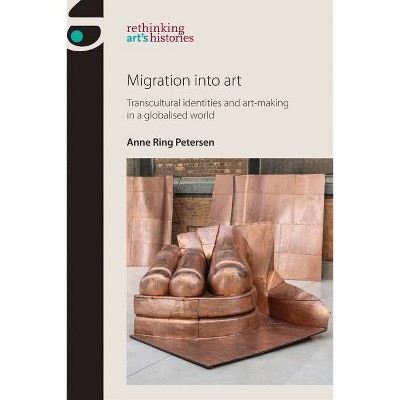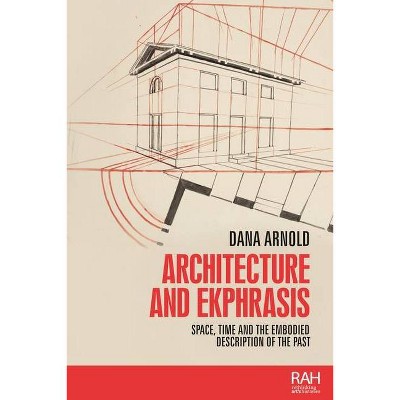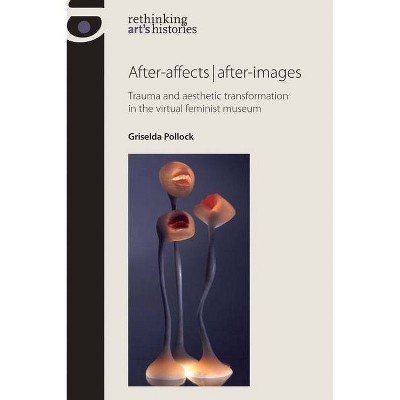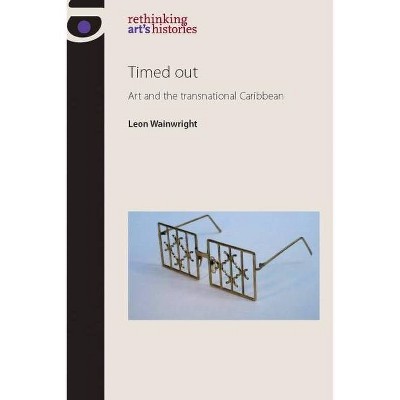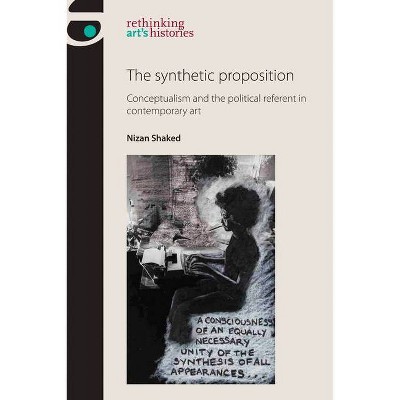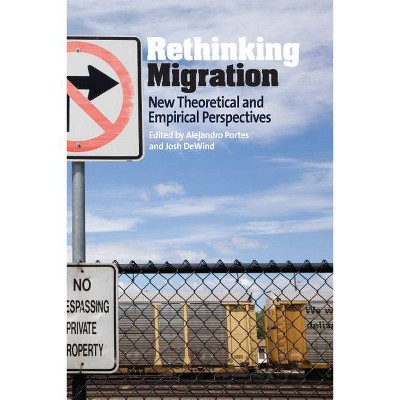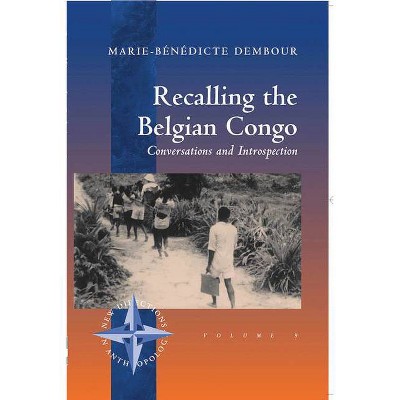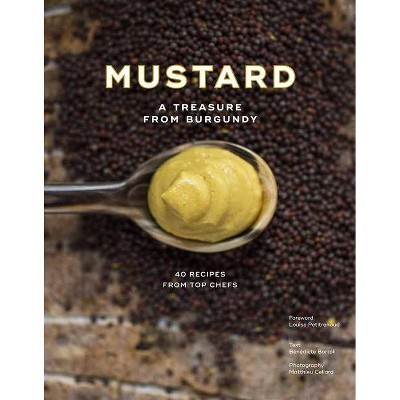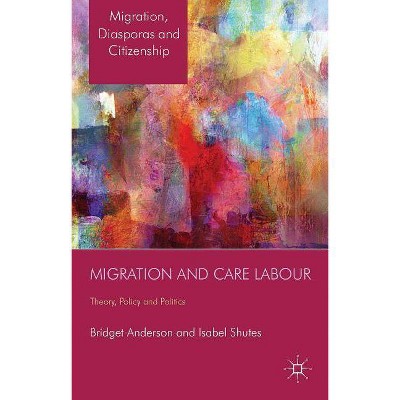Art and Migration - (Rethinking Art's Histories) by Bénédicte Miyamoto & Marie Ruiz & Amelia Jones (Hardcover)
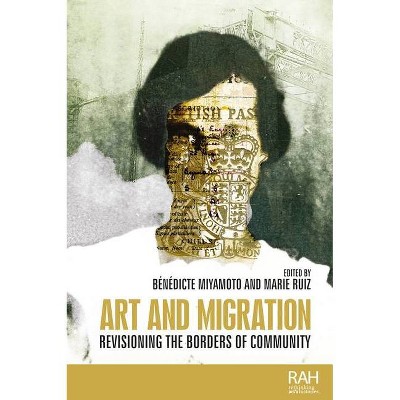
Similar Products
Products of same category from the store
AllProduct info
<p/><br></br><p><b> About the Book </b></p></br></br>This volume offers responses to the view that migration is disruptive of national heritage. It investigates the empathy and mediation migratory aesthetics provide, re-evaluates the cultural understanding of borders and transnationalism and presents an overview of migration terminology for use by art historians and museums.<p/><br></br><p><b> Book Synopsis </b></p></br></br>This collection<i> </i>offers a response to the view that migration disrupts national heritage. Investigating the mediation provided by migrant art, it asks how we can rethink art history in a way that uproots its reliance on space and place as stable definitions of style. Beginning with an invaluable overview of migration studies terminology and concepts, <i>Art and migration</i> opens dialogues between academics of art history and migrations studies through a series of essays and interviews. It also re-evaluates the cultural understanding of borders and revisits the contours of the art world - a supposedly globalised community re-assessed here as structurally bordered by art market dynamics, career constraints, gatekeeping and patronage networks.<p/><br></br><p><b> From the Back Cover </b></p></br></br><i>Art and migration </i>is a collective response to the idea that migration is disruptive of national heritage. Featuring chapters by academics and interviews with art professionals, the book explores how the visual arts - especially by or about migrants - create points of encounter between individuals, places, and objects. Migration has increasingly taken centre stage in contemporary art, as artists claim it as a paradigm of artistic creation. The trajectories of transnational artworks and artists' careers are reflected in the density and dynamism of fairs and biennales, itinerant museum exhibitions, and shifting art centres. Dominant political and cultural narratives frame globalisation as a recent development that reverses centuries of cultural homogeneity, but art historians and migration scholars are reimagining these narratives to create an <i>histoire croisée </i>that challenges the power of constructed borders and cultural gatekeeping. Analysing the vested political interests of migration terminology, such as the erroneous conflation of 'refugees' and 'asylum seekers' and the politically constructed use of 'diaspora', this volume reappraises the historic formation of national identities and aesthetics heritage as constructed under transnational visual influences. It argues that centring migration - often silenced by normative archives or by nationalist attribution practices - is part of the workload of revisioning art history and decolonising museums.<p/><br></br><p><b> About the Author </b></p></br></br>Bénédicte Miyamoto is Associate Professor in British History at Université Sorbonne Nouvelle Marie Ruiz is Associate Professor in British History at Université de Picardie Jules Verne
Price History
Price Archive shows prices from various stores, lets you see history and find the cheapest. There is no actual sale on the website. For all support, inquiry and suggestion messagescommunication@pricearchive.us
